In our increasingly interconnected world, global cuisine has become more accessible than ever before. With international travel, immigration, and the globalization of trade, people are now able to explore and appreciate the diverse flavors and culinary traditions from around the world. From spicy and aromatic dishes to savory and sweet delicacies, global cuisine offers a kaleidoscope of tastes and experiences that tantalize the senses. This article takes you on a journey of discovery, exploring the vibrant and diverse flavors of global cuisine.
The Essence of Global Cuisine
Global cuisine represents the amalgamation of culinary traditions, ingredients, and techniques from different regions and cultures. It reflects the rich tapestry of human history and migration, showcasing the influences and adaptations that have shaped our palates. By embracing global cuisine, we open ourselves up to a world of flavors, textures, and aromas that go beyond our familiar culinary horizons.
Asian Delights
Asian cuisine is a vibrant and diverse tapestry of flavors, aromas, and culinary traditions that span across the continent. From the fiery spices of Sichuan cuisine in China to the delicate balance of flavors in Japanese dishes, Asian delights offer a captivating exploration of taste and texture. Best Iranian Food Recipes
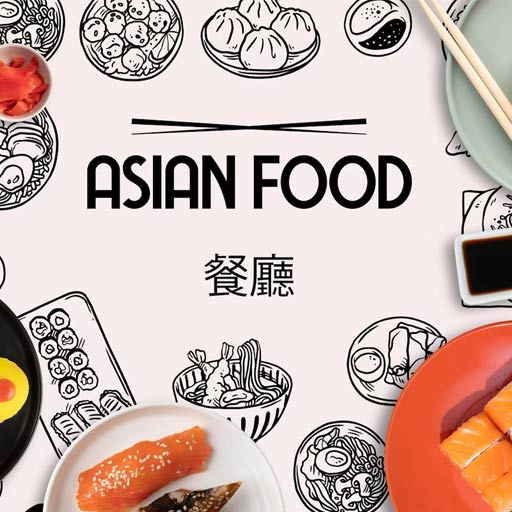
Each country within Asia has its own unique culinary heritage, resulting in a rich array of dishes and cooking techniques. Whether it’s the complex curries of Indian cuisine, the umami-packed sushi of Japan, the bold and spicy flavors of Thai cuisine, or the aromatic and colorful dishes of Vietnamese cuisine, Asian delights never fail to tantalize the taste buds. From street food stalls to Michelin-starred restaurants, the intricate flavors and artful presentation of Asian cuisine continue to captivate food enthusiasts around the globe.
Chinese Cuisine
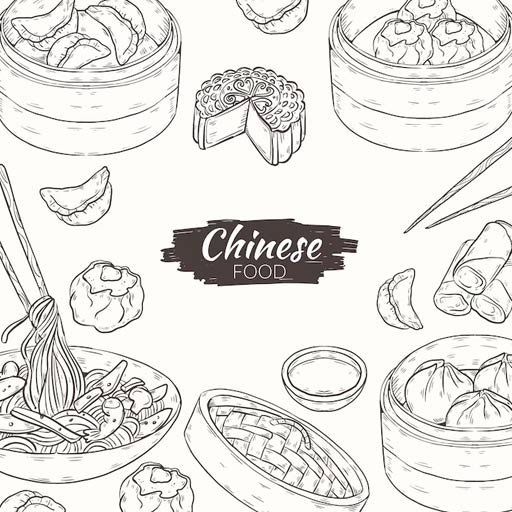
Chinese cuisine is renowned for its bold flavors, diverse ingredients, and intricate cooking techniques. From the fiery spices of Sichuan cuisine to the delicate flavors of Cantonese cuisine, Chinese dishes like Kung Pao Chicken, Dim Sum, and Peking Duck offer a remarkable range of tastes and textures.
Indian Cuisine
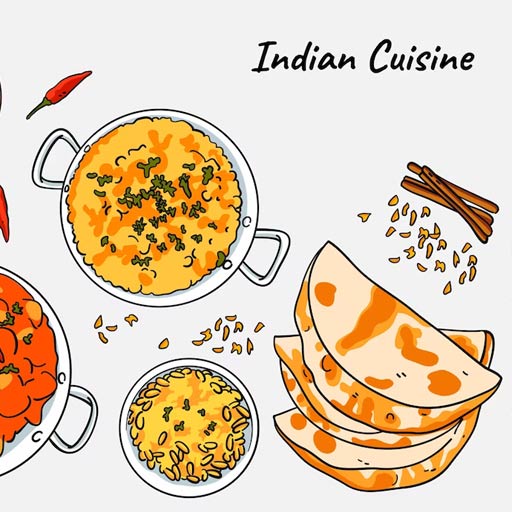
Indian cuisine is a celebration of spices, herbs, and aromatic ingredients. With its rich curries, flavorful biryanis, and tandoori specialties, Indian cuisine offers a symphony of flavors that vary from region to region. From the spicy heat of dishes like Vindaloo to the fragrant sweetness of desserts like Gulab Jamun, Indian cuisine is a true gastronomic adventure. Best Indian Food Recipes
Japanese Cuisine

Japanese cuisine is characterized by its simplicity, precision, and emphasis on fresh ingredients. Sushi, sashimi, tempura, and ramen are just a few examples of the exquisite dishes that showcase the delicate balance of flavors in Japanese cuisine. With its emphasis on umami, Japanese cuisine has captured the hearts and taste buds of people worldwide. Best Japanese Food Recipes
Thai Cuisine

Thai cuisine is known for its harmonious blend of flavors, combining sweet, spicy, sour, and salty tastes in each dish. From the aromatic and creamy curries to the tangy and refreshing flavors of dishes like Pad Thai and Som Tum, Thai cuisine offers a unique and vibrant dining experience.
European Gastronomy
European gastronomy encompasses a rich tapestry of culinary traditions, flavors, and techniques from across the continent. From the hearty and indulgent dishes of Italian cuisine to the delicate and refined flavors of French gastronomy, European cuisine offers a diverse and captivating culinary experience. Each country and region within Europe boasts its own unique specialties and culinary heritage, resulting in a rich tapestry of flavors and dishes. Best German Food Recipes
From the aromatic spices of Mediterranean cuisine to the hearty stews and sausages of Eastern Europe, European gastronomy celebrates the diversity and richness of the continent’s culinary traditions. With its emphasis on quality ingredients, traditional cooking methods, and a deep appreciation for food and culture, European gastronomy continues to inspire and delight food lovers around the world.
Italian Cuisine
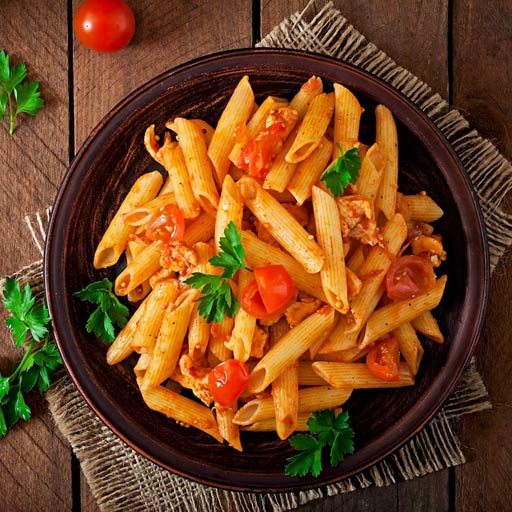
Italian cuisine is renowned for its simplicity, quality ingredients, and traditional cooking methods. From the art of pizza-making in Naples to the rich pasta dishes of Bologna, Italian cuisine delights with its authentic flavors. Pasta, risotto, gelato, and espresso are just a few of the iconic dishes that have made Italian cuisine beloved worldwide. Best Italian Food Recipes
French Cuisine
French cuisine is synonymous with elegance, sophistication, and meticulous attention to detail. From the rich and creamy sauces of classic French cuisine to the delicate pastries and bread, French gastronomy embodies a refined culinary tradition. Dishes such as Coq au Vin, Ratatouille, and Crème Brûlée are celebrated for their timeless appeal. Best French food recipes
Spanish Cuisine
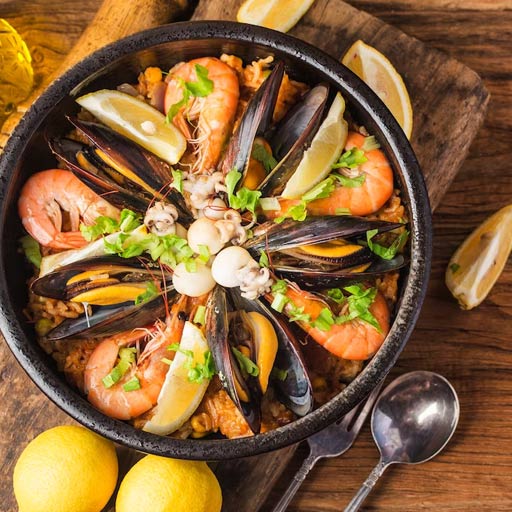
Spanish cuisine is a vibrant tapestry of flavors, influenced by the Mediterranean, Moorish, and Latin American cultures. From the delectable tapas to the hearty paella and the flavorsome gazpacho, Spanish cuisine offers a diverse range of dishes that showcase the country’s rich culinary heritage. Best Spanish Food Recipes
Middle Eastern Delicacies
Middle Eastern delicacies encompass a rich tapestry of flavors, colors, and aromas that delight the senses. From the aromatic spices to the fresh herbs and bold combinations of ingredients, Middle Eastern cuisine offers a unique and captivating dining experience. One of the iconic Middle Eastern delicacies is hummus, a smooth and creamy dip made from chickpeas, tahini, lemon juice, garlic, and olive oil.
Its velvety texture and subtle nutty undertones make it a perfect accompaniment to warm pita bread or crunchy vegetables. Another beloved dish is falafel, crispy and golden-brown fritters made from ground chickpeas or fava beans, blended with herbs and spices. Served in pita bread with a variety of toppings like tahini sauce, pickled vegetables, and fresh herbs, falafel offers a delightful combination of textures and flavors. Another Middle Eastern favorite is tabbouleh, a refreshing salad made with bulgur wheat, fresh parsley, mint, tomatoes, onions, lemon juice, and olive oil. Its vibrant green colors and zesty citrus notes provide a refreshing contrast to the richness of other Middle Eastern dishes.
Other notable Middle Eastern delicacies include shawarma, a succulent meat dish marinated in aromatic spices and slow-cooked on a rotating spit, and baklava, a sweet and flaky pastry layered with nuts and drenched in a fragrant syrup. Middle Eastern delicacies showcase the region’s culinary heritage, reflecting the cultural traditions, spices, and cooking techniques that have been passed down through generations. With their bold flavors and exotic ingredients, these dishes invite us to embark on a culinary journey that celebrates the rich tapestry of Middle Eastern cuisine. Best Arabic Food Recipes
Lebanese Cuisine
Lebanese cuisine is renowned for its fresh ingredients, vibrant flavors, and mezze-style dining. From the aromatic spices of dishes like Shawarma and Falafel to the refreshing flavors of Tabbouleh and Hummus, Lebanese cuisine offers a delicious blend of Mediterranean and Middle Eastern influences.
Turkish Cuisine
Turkish cuisine is a fusion of Central Asian, Middle Eastern, and Mediterranean flavors. With its succulent kebabs, flavorful stews, and indulgent desserts like Baklava, Turkish cuisine delights with its use of spices, herbs, and diverse ingredients. Best Turkish Food Recipes
Moroccan Cuisine
Moroccan cuisine is a tantalizing blend of Arabic, Berber, and Mediterranean influences. With dishes like Tagine, Couscous, and Harira, Moroccan cuisine showcases a harmony of sweet and savory flavors, aromatic spices, and slow-cooked tender meats.
Fusion Cuisine
Fusion cuisine represents the creative merging of different culinary traditions to create innovative and exciting dishes. It brings together flavors and techniques from various cultures, resulting in unique dining experiences. Examples include the fusion of Asian and Latin American flavors in dishes like Korean Tacos or the blending of Mediterranean and Asian influences in dishes like Mediterranean Sushi.
Embracing Ingredients and Techniques (Global cuisine)
Global cuisine introduces us to a wide variety of ingredients and cooking techniques. From the use of exotic spices and herbs to unique cooking methods such as grilling, stir-frying, and slow-cooking, each culinary tradition offers a distinct approach to flavor and preparation. Exploring global cuisine allows us to discover new ingredients, expand our culinary repertoire, and learn new culinary techniques.
What does global cuisine have to do with cultural globalization?
Global cuisine is closely tied to cultural globalization. Cultural globalization refers to the exchange, blending, and diffusion of cultural elements and practices across different societies and regions. As people and cultures interact more frequently and on a larger scale, the culinary traditions and practices of various cultures become more accessible and influential worldwide.
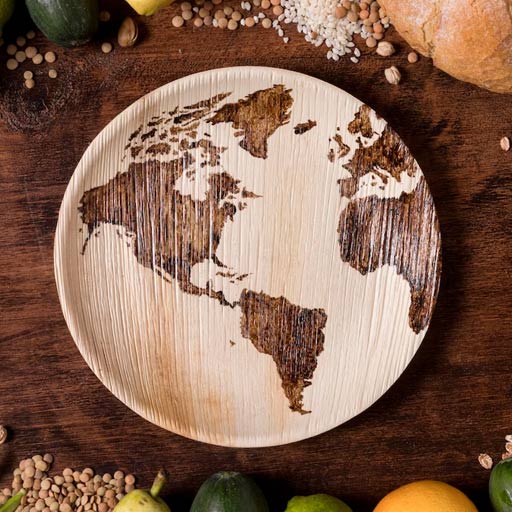
Global cuisine embodies the effects of cultural globalization by showcasing the diversity and interconnectedness of culinary traditions from around the world. It reflects the blending of ingredients, techniques, and flavors that have occurred through cultural exchange, migration, and the spread of ideas and knowledge.
With the increased movement of people, the availability of diverse ingredients, and the sharing of culinary techniques and recipes through travel, migration, and digital platforms, global cuisine has become more accessible and popular. It allows individuals to experience and appreciate different cultures, traditions, and flavors without physically traveling to those regions.
Global cuisine serves as a vehicle for cultural exchange and understanding. It brings people together through shared dining experiences and encourages cross-cultural interactions. It promotes cultural appreciation, breaks down cultural barriers, and fosters a sense of global community by celebrating the diversity and richness of culinary traditions from around the world.
In summary, global cuisine is an outcome and manifestation of cultural globalization. It represents the convergence of culinary traditions, ingredients, and techniques from various cultures, reflecting the interconnectedness and intermingling of societies in an increasingly globalized world.
Conclusion
Global cuisine offers a passport to a world of flavors, allowing us to embark on a culinary journey that transcends borders. From the aromatic spices of Asia to the refined elegance of European gastronomy, and the tantalizing Middle Eastern delicacies, each region’s culinary heritage presents a treasure trove of flavors to be discovered and enjoyed. By embracing global cuisine, we not only expand our palates but also gain a deeper appreciation for the cultural diversity and creativity that thrives in kitchens around the world. So let your taste buds travel, and savor the remarkable flavors of global cuisine.
Frequently asked questions and answers about Global Cuisine
Q: What is global cuisine?
A: Global cuisine refers to the culinary traditions, ingredients, and techniques from various regions and cultures around the world. It represents the diverse flavors and culinary practices that have emerged through cultural exchange and migration.
Q: Why is global cuisine popular?
A: Global cuisine has gained popularity due to increased globalization, travel, and multicultural societies. It offers a wide variety of flavors, ingredients, and cooking styles, allowing people to explore and appreciate different cultures through food. Global cuisine also satisfies the growing demand for diverse dining experiences and culinary adventures.
Q: What are some popular dishes from global cuisine?
A: There are numerous popular dishes from global cuisine. Some examples include sushi from Japan, pasta from Italy, tacos from Mexico, curry from India, stir-fried noodles from China, kebabs from the Middle East, and burgers from the United States. These dishes represent a small fraction of the vast array of global culinary delights available.
Q: How can I experience global cuisine without traveling?
A: You can experience global cuisine without traveling by visiting ethnic restaurants in your local area. Many cities have a diverse range of international restaurants that offer authentic dishes from various cultures. Additionally, you can try cooking international recipes at home using ingredients available in local grocery stores or by exploring online platforms and food delivery services that specialize in global cuisine.
Q: What are the benefits of exploring global cuisine?
A: Exploring global cuisine allows you to expand your culinary horizons, discover new flavors and ingredients, and gain a deeper understanding of different cultures. It promotes cultural appreciation, fosters cross-cultural connections, and enhances your overall dining experience. Additionally, global cuisine often incorporates a wide range of fresh ingredients, herbs, and spices, which can contribute to a balanced and diverse diet.
Q: Are there any health considerations when exploring global cuisine?
A: When exploring global cuisine, it is important to consider individual dietary needs and potential food allergies or sensitivities. Some dishes may be high in certain ingredients such as spices, fats, or carbohydrates, so it is essential to balance your overall diet and make choices that align with your nutritional goals. Additionally, it is advisable to consume food from trusted and hygienic sources to maintain food safety and prevent any foodborne illnesses.
Q: How can I learn more about global cuisine?
A: There are several ways to learn more about global cuisine. You can read books and articles on international culinary traditions, follow food blogs or websites dedicated to global cuisine, watch cooking shows or documentaries that explore different cultures, attend cooking classes or workshops, and engage in culinary experiences when traveling or visiting multicultural events and festivals in your area.Top of Form
Please follow us on linkedin. You can learn all best canadian food recipes you can check our Reddit page. Don’t forget Fighting Obesity Magazine.

